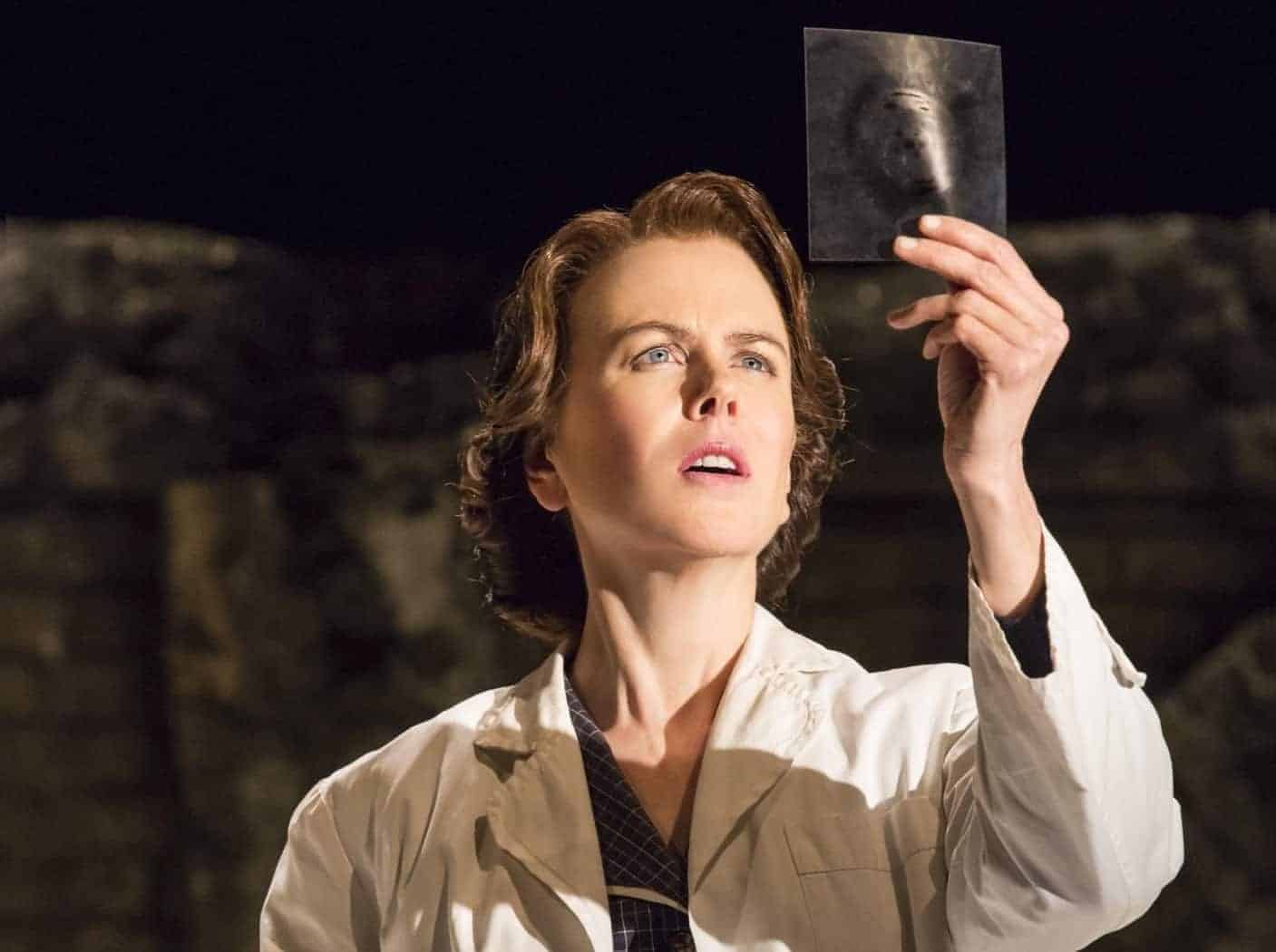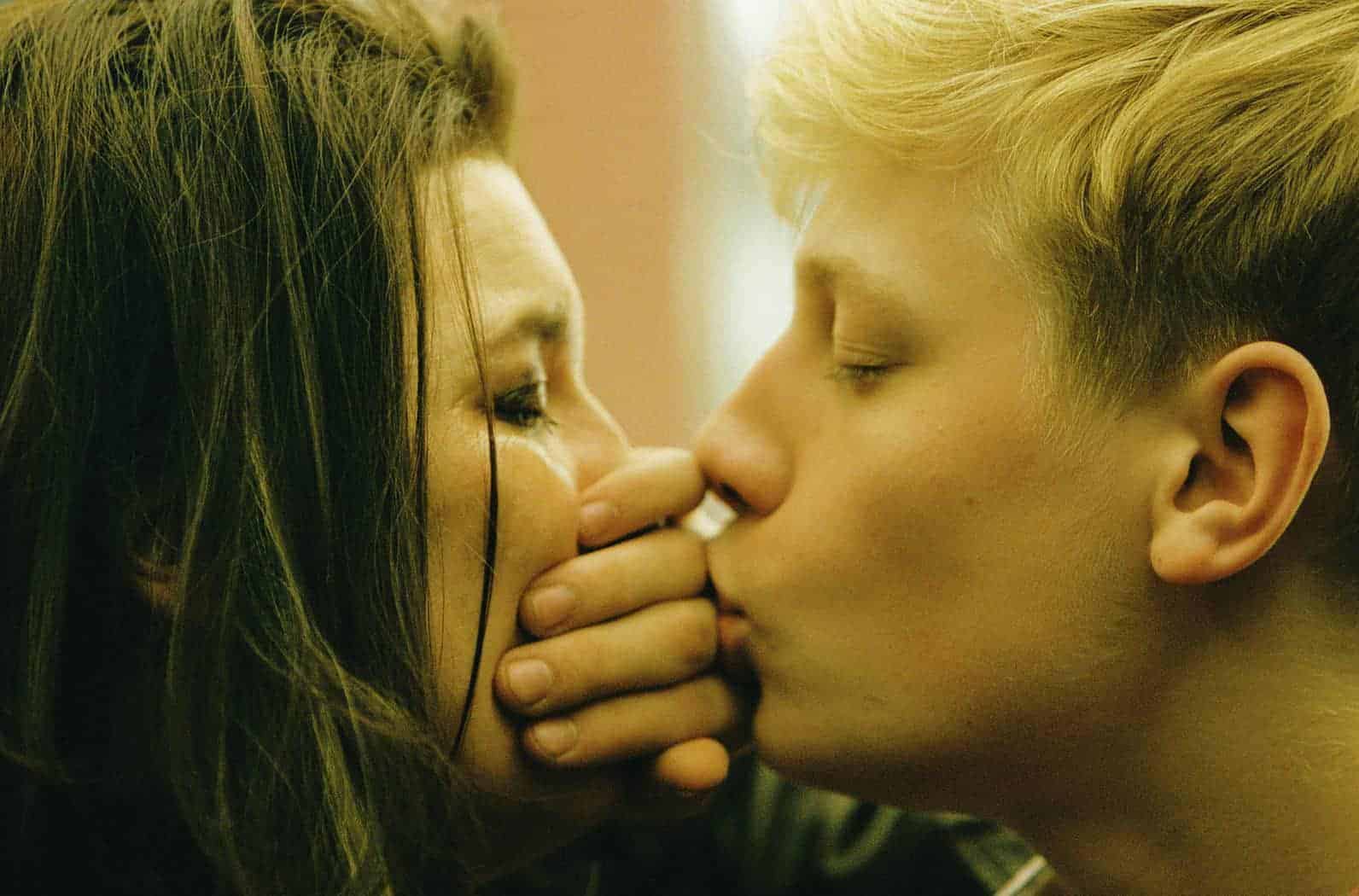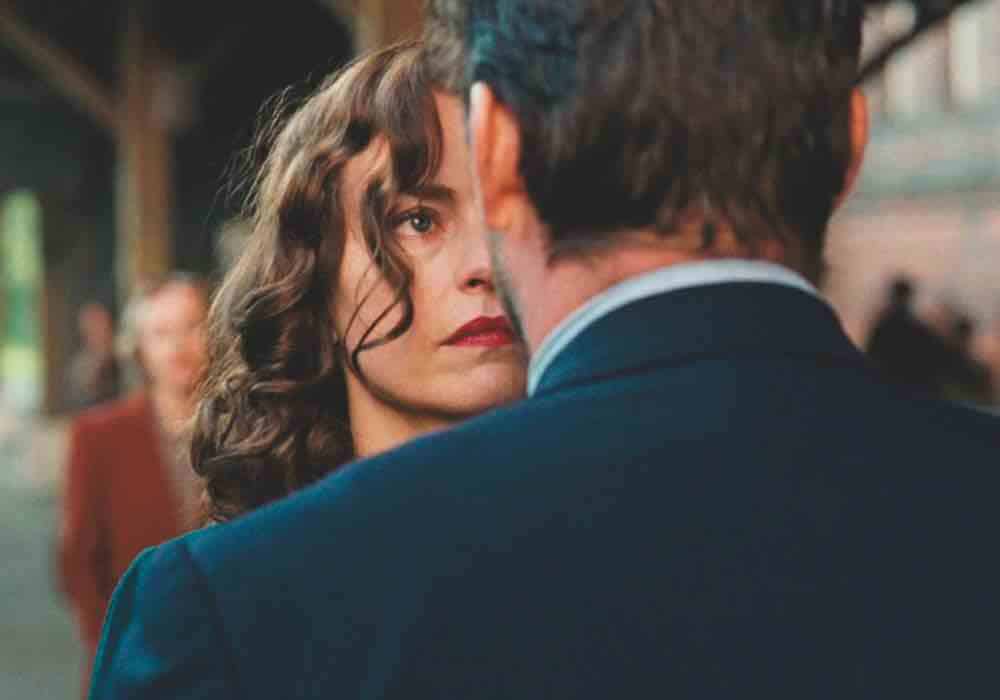Andrew Haigh discusses shooting long takes, keeping us in Kate’s head space, and editing the film before the editing room.
Must Reads
Must reads are the best of the best articles at The Seventh Row. These include reviews, interviews, and essays. If you're new to the site, this is a good place to start to get a sense of what kinds of stories we write. Here is the best of our multidisciplinary approach to reviewing films, our most illuminating and original interviews, and our best essays.
Kurzel’s Macbeth emphasizes tone over text
Kurzel takes his cues from the text, but he expresses his ideas about the text through images and sounds — the whistling wind, the clashing swords, and the ghostly hooded figures — rather than through the dialogue. The verse, in Kurzel’s hands, is barely even identifiable as poetry. But what is Shakespeare without the unforgettable language?
Photograph 51: In praise of difficult women
“Photograph 51” suggests that sexism kept Franklin conservative, reluctant to be right because as a woman, she could never, ever be wrong. Ziegler’s text depicts a woman who had all the evidence but didn’t put the pieces together because she was afraid to prematurely commit herself.
The Martian engineers the shit out of surviving on Mars
The Martian would be a great engineering recruitment film — if it ever mentioned the word “engineering.” When Mark Watney (Matt Damon) is faced with the challenges of surviving alone on Mars for four years, including growing his own own food and figuring out a way to communicate with Earth, he concludes he’ll have to “science […]
What do we mean when we talk about Canadian cinema?
Where is Canadian cinema going? What is its purpose? And what can we say about how the country is being reflected back at us through this year’s TIFF15 crop of Canadian films?
Deafening silence: Phoenix and The Look of Silence
Christian Petzold’s film Phoenix and Joshua Oppenheimer’s The Look of Silence are both about the need to face and make peace with the painful past that would seemingly be easier to ignore. Earlier this year, the Art Gallery of Ontario held an exhibit of Henryk Ross’s photos from the Lodz Ghetto. It was hidden in […]





